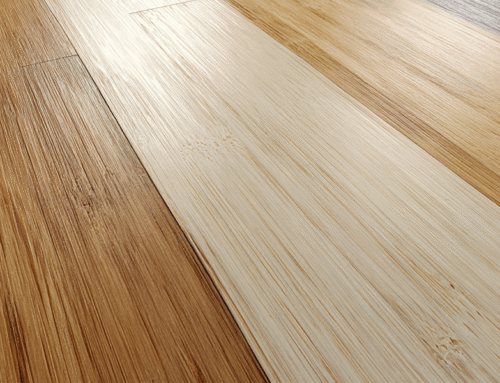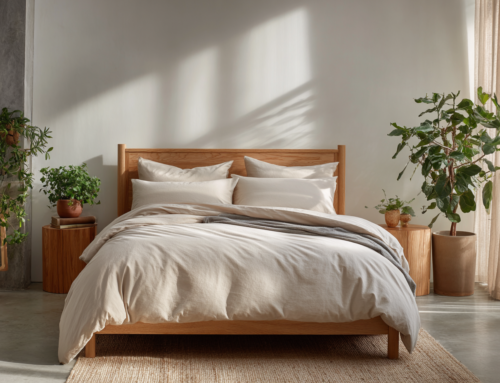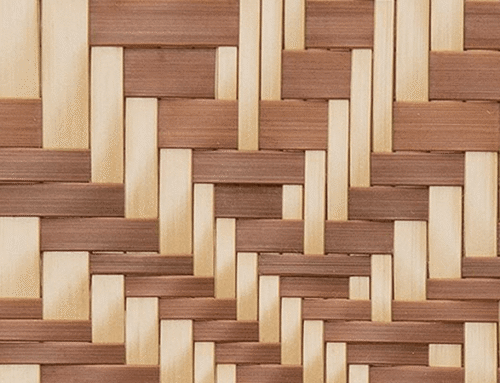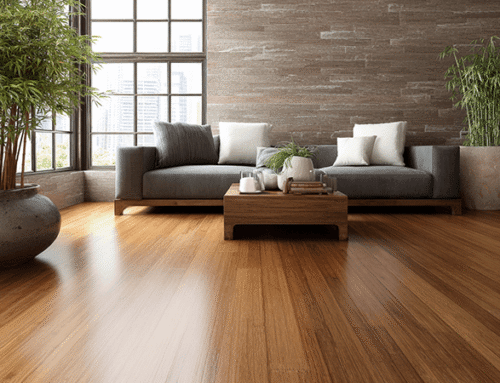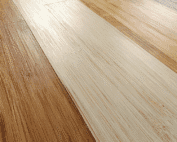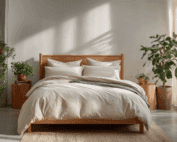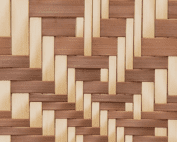Oiled vs. Plain Bamboo Plywood: Which One Wins for Your Project?
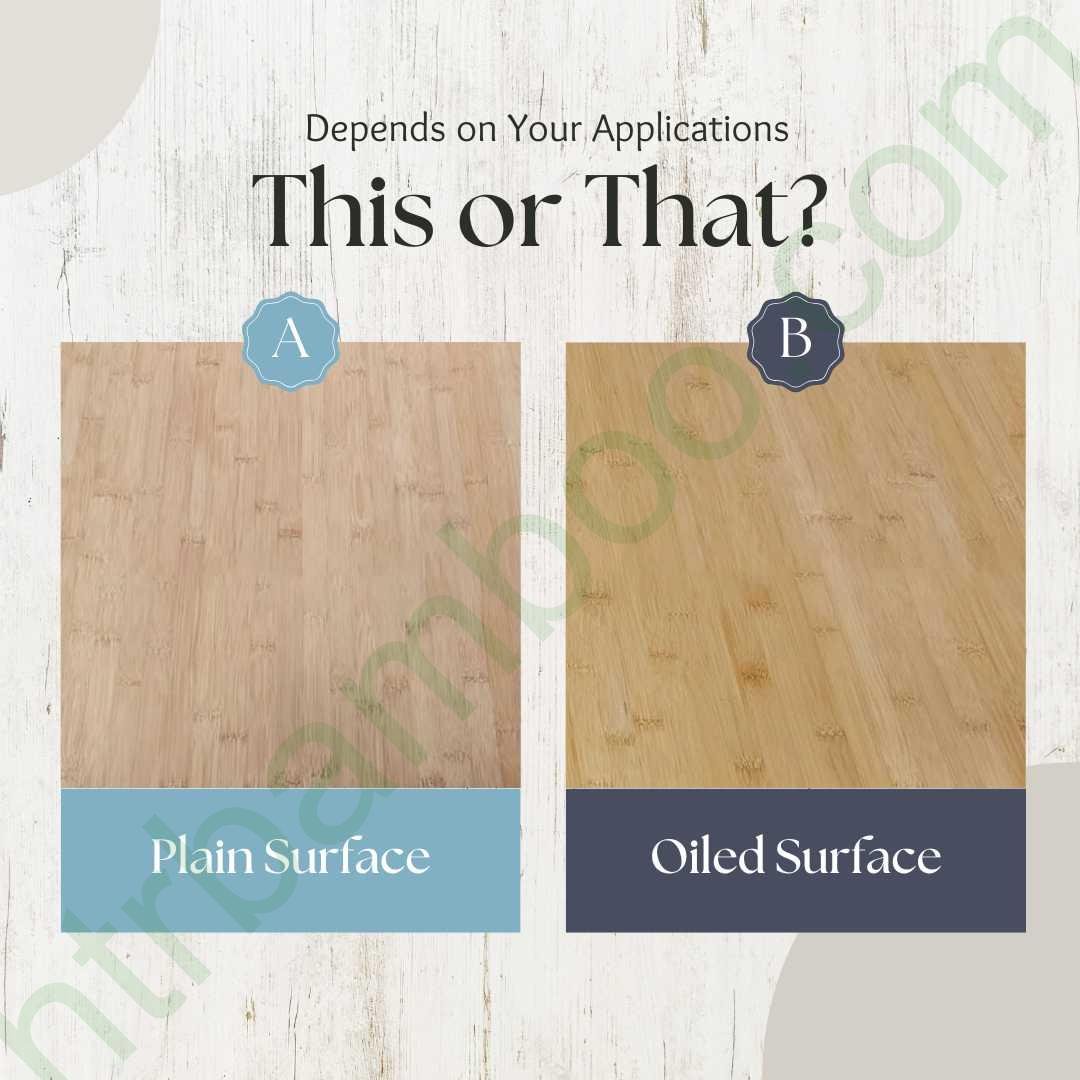
Bamboo plywood has surged in popularity as a sustainable and durable building material, but choosing between oiled and plain finishes can be confusing. At HTR Bamboo, we break down the key differences to help you make an informed decision.
Surface Treatment & Aesthetic Appeal
Oiled Bamboo Plywood
- Features a protective layer of natural oil (e.g., tung or linseed oil) that enhances the wood’s grain and adds a warm, glossy finish.
- Resists minor scratches and UV fading, ideal for visible surfaces like furniture or wall paneling.
Plain (Unfinished) Bamboo Plywood
- Raw, untreated surface with a matte appearance, showcasing bamboo’s natural texture.
- Requires sealing or staining post-purchase for protection, offering customization flexibility.
Durability & Maintenance
Oiled Finish
- Pros: Pre-installed oil barrier reduces moisture absorption and simplifies upkeep (re-oil annually).
- Cons: Slightly higher upfront cost due to pre-treatment.
Plain Finish
- Pros: Lower initial cost but demands immediate sealing to prevent warping or staining.
- Cons: Regular maintenance needed in high-humidity environments.
Environmental Impact
- Both types use renewable bamboo, but oiled versions may include non-toxic, plant-based oils for eco-conscious projects.
- Plain bamboo allows users to choose eco-friendly sealants (e.g., water-based polyurethane).
Best Applications
| Scenario | Recommended Type |
|---|---|
| Kitchen countertops | Oiled (water-resistant) |
| DIY furniture projects | Plain (customizable finish) |
| Commercial flooring | Oiled (high-traffic durability) |
How to Choose
- Budget: Opt for plain bamboo if prioritizing cost and DIY finishing.
- Aesthetic: Choose oiled for ready-to-use elegance.
- Usage: Prioritize oiled finishes for moisture-prone areas.
Final Tip: Always request samples from suppliers like HTR Bamboo to test finishes in your project’s environment.
Leave us a message to request a free Sample.
Share This Story, Choose Your Platform!
Table of Content
Join Our Newsletter
Latest Posts
Copyright 2020 – 2030 Well Nature Bamboo
All Rights Reserved!
